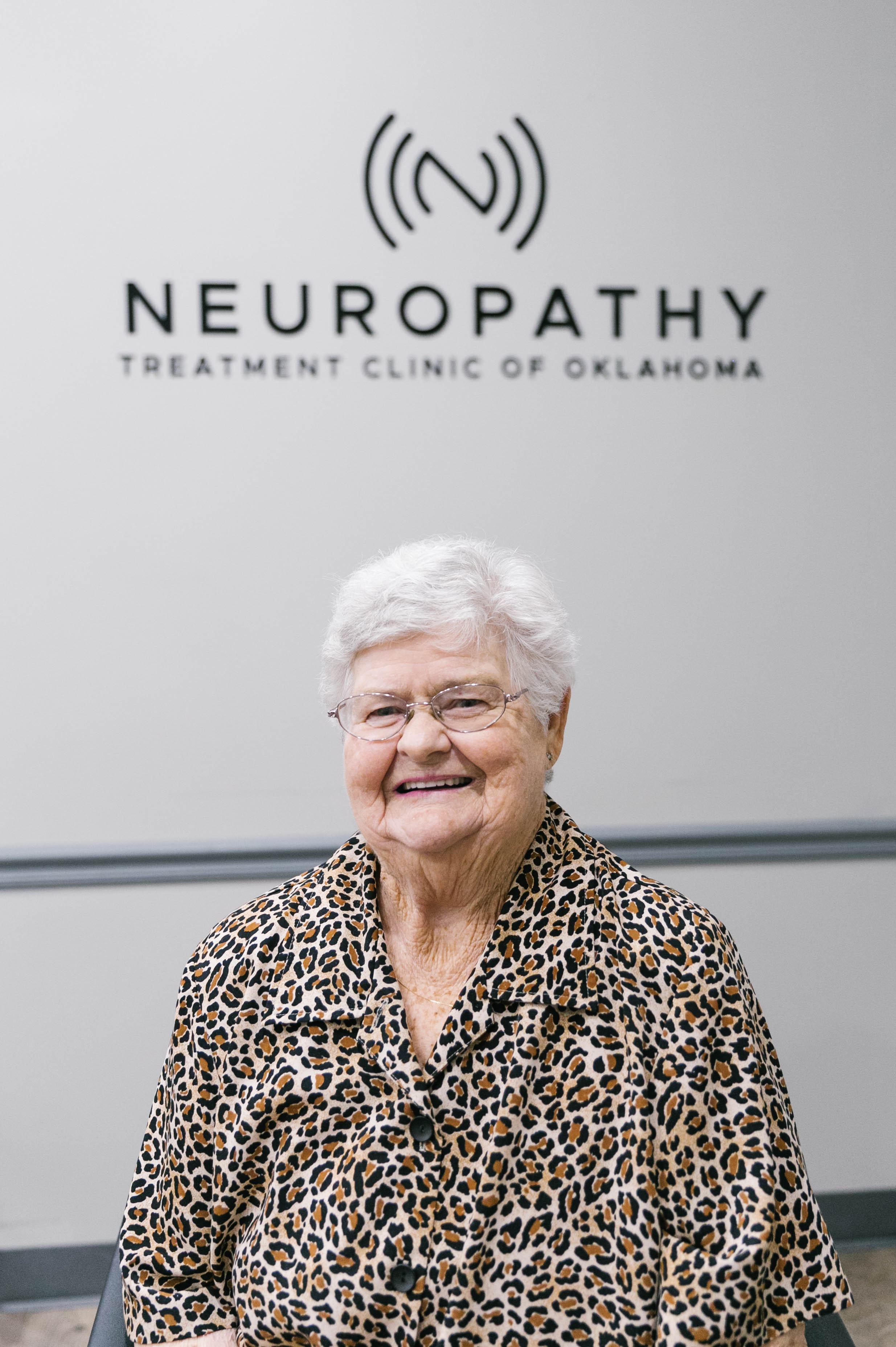If there’s one thing that’s true across a number of different sources of pain within the body, it’s that properly diagnosing it can be difficult at times. Unfortunately, even going back many centuries, this situation has been particularly prevalent for many women with pain conditions that are difficult to diagnose.
At Neuropathy Treatment Clinic of Oklahoma, our pain management services include evaluating and properly diagnosing a variety of pain symptoms and related conditions. Our pain doctors and specialists are well trained in recognizing rare symptoms and tough to find causes of pain in women who may be struggling to receive an accurate diagnosis elsewhere. Let’s look at some history behind this issue for women and how we can identify true pain sources and what women can do to ensure they receive proper care in this area.
Hysteria Took the Blame
Unfortunately, there’s a long history of chronic pain in women simply being chalked up to hysteria. This term began in the 5th century BC, coined by Hippocrates, and quickly became a convenient way for doctors to pass off major concerns when they couldn’t figure out what was actually going on.
This is a significant stain on the history of medicine, as it clearly indicates a gender bias that is extremely unfair. When doctors couldn’t see specific injuries, swelling or other known signs of medical problems, they simply concluded that a particular woman must be depressed, anxious, stressed or have some other type of hysteria rather than digging further to find the cause.
Identifying True Pain Sources
While it came far too late, the term “hysteria” was removed from medical diagnostic textbooks in 1980. Even before this, the use of this term to explain away pain conditions for women was already beginning to subside.
The medical professional community has come to formally recognized a number of chronic pain conditions with invisible or hard-to-find causes. These include migraines, lupus, fibromyalgia and several others. Diagnostic materials and advancements have come a long way in allowing medical professionals to properly diagnose everyone, including women, when it comes to symptoms that are tough to find.
Female Patient Challenges
Sadly, while much progress has been made in this area, there are some doctors or practices that still defer to the idea that a woman’s pain is all in their head. This makes it vital for female patients to – seek a second or third opinion if necessary. They may also want to insist that their doctor run blood tests or medical imaging to rule out certain issues.
Diseases like depression, anxiety and chronic stress are very real – and such a diagnosis should not be ignored. When doctors recommend improving diet, exercising more, or stress-relief tactics, when it comes to diagnoses and solutions for pain, it’s wise to follow these directions.
For more on how stigmas about female patients and chronic pain have been overcome in the medical field, or to learn about any of our pain management or chronic pain treatment services, speak to the staff at Neuropathy Treatment Clinic of Oklahoma today.


